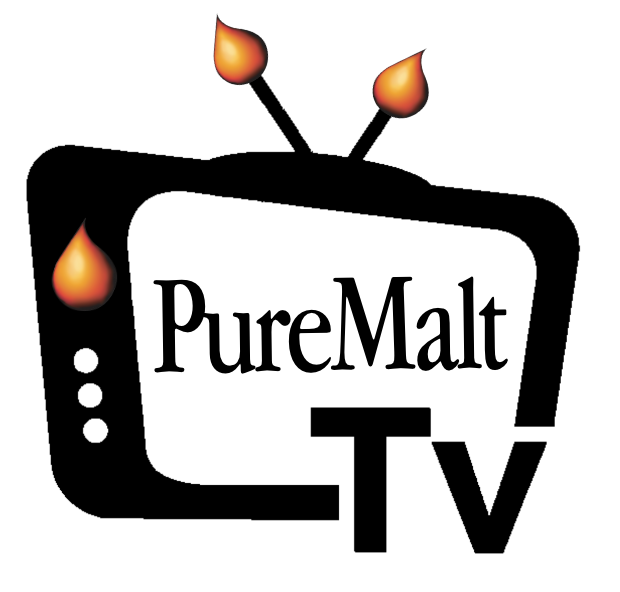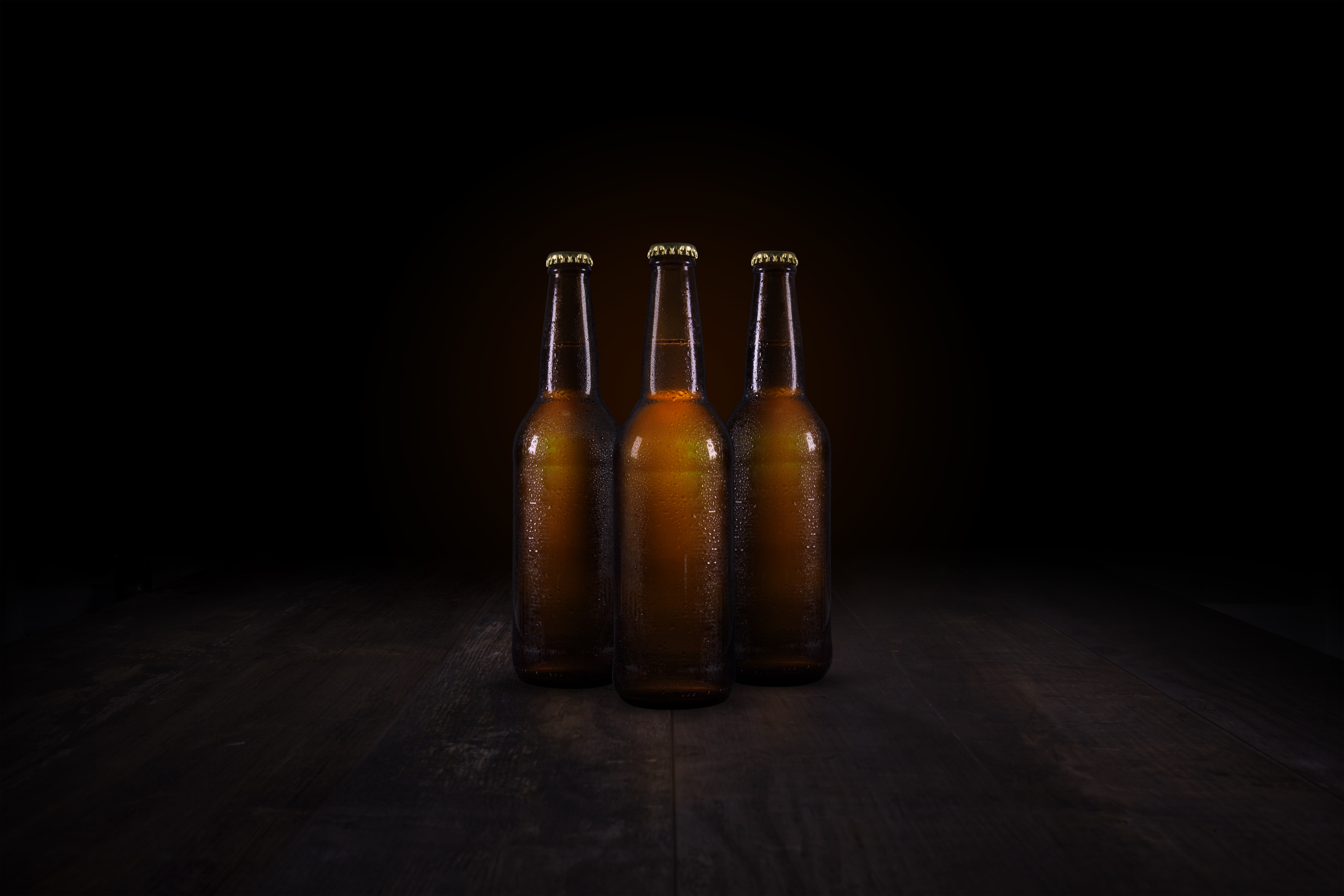Watch our fourth webinar in the Instant Innovation Series - 'Blondes, Bocks & Bitters'
Dark, Schwarz & Stouts
Production Techniques
Although a smaller segment of overall global beer volumes, dark beers have remained consistently popular for decades.
As with the more popular style, various novel techniques exist to create truly unique beers.
Barrel-Aging
Many brewers now age their beers in casks to infuse some interesting flavours and volatiles imparted from the wood and the spirit previously aged in the cask.
It is important to distinguish between barrel or cask aging and wood chip maturation.
Positives
-
- Utilise existing beer streams
- Can create unique brand differentiation
- Commands a premium price at retail
Negatives
-
- Barrel aging can be expensive
- Requires prolonged aging times for best results
- Requires new operator skills
- Risk of oxidation or negative flavour introduction
- Ample storage space required
Nitrogenation
Most keg beer is carbonated in the brewery and dispensed or bottled using carbon dioxide.
You can however opt for nitrogen gas as an alternative source of condition in the brewery which provides a creamier mouthfeel, softer drinking experience and highlights the malt profile of the beer
Positives
-
- Utilise existing beer streams
- Creates a different pour experience
- Creates a unique drinking experience
Negatives
-
- Different gas requirements in brewery (nitrogen)
- Different dispense technology in on-trade
- Changes mouthfeel of beer
- Can impact flavour quality
Roasted Malts
Pale Malt – Kilned Malt, dried at 65-85 degrees Celsius
Crystal Malt – Wet roasted, stewed at 65 degrees Celsius prior to roasting at 150-180 degrees Celsius, flavours of sweet toffee and caramel.
Roast Malt – Dry roasted, kilned and then roasted at 180-220 degrees Celsius, flavours of bitter roasted astringent
Positives
-
- Can introduce desirable flavours (chocolate, coffee, roast)
- Good results with limited CAPEX
- Traditional technique with strong brewing provenance
Negatives
-
- Inherently inconsistent batch-to-batch
- May require separate mill and grain handling
- Requires full wort production and brewhouse processes
- Requires more cleaning if utilised in brewhouse
- Can introduce undesirable flavours if used incorrectly
Malt Extract
All beers are brewed from malted cereals (and adjuncts) in the brewhouse. Malt extracts follow the same traditional processing just without alcoholic fermentation.
With the same raw materials and no alcoholic fermentation refined malt extracts can produce drinkable results when used to make alcohol-free dark beers.
Positives
-
- No conflict with brewhouse capacity
- Possible to create truly unique recipes
- No batch size constraints
- Late-stage-addition
- Rapid NPD timelines
Negatives
-
- Requires beer filtration after addition
- Not brewed at your brewery, but still made traditionally
Virtual Tasting
Base beers – Golden ale and lager
Formulations available at the end of the article.
Create pre-dilution to add back to sample, this ensures homogeneous samples.
RB Smooth
Roasted malt and pale malt, supports good foam and head retention. Brings a smooth roast malt flavour and aroma and a rich dark colour.
Golden ale base
Addition rate 0.9% w/v = 1.35g in 150ml
VISUAL – Transformed base with dark rich colour. Colour increase of 75 EBC colour.
TASTE – Distinct smooth roasted flavours, coffee and chocolate flavours in the character, enhanced body and mouthfeel and improved foam.
RB1500/45
Roast malt concentrate, darkest product in the range at 17,000 EBC. Delivers intense colour with minimal flavour, for clean label colour adjustment. Useful for creating black lagers and black IPAs.
Base beer – Lager
Addition rate 0.5% w/v = 0.75g in 150ml
VISUAL – Dramatic transformation from pale lager to dark colour added 75 EBC (Schwarzbier)
TASTE – Tastes similar to the base lager but holds jet black colour without changing the flavour of the beer.
Webinar Materials:

Watch Next:
Brewmasters Virtual Roundtable
0.0% Alcohol-Free Beer
Premium Pilsners
Blondes, Bocks & Bitters
If you require further information please feel free to get in touch with our  form.
form.
We hope you find our webinars useful!



